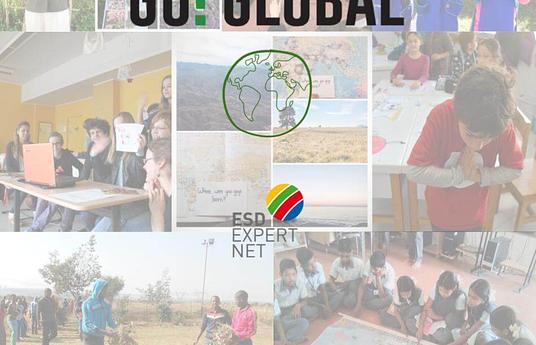Everywhere we look, tribalism and xenophobia are growing. Communities are turning inward, walls are being built, and the technologies that promised to unite us have left us atomized and alone.
In education, our world has globalised but our classrooms have not. More than ever, students need global literacy, and they need to connect what they learn in their textbooks with real human beings. This is why early-adopters of classroom Portals have called them “the missing piece” in education.
Portals burst bubbles by connecting people who would never otherwise meet. They bring people separated by distance and difference together in humanising encounters.
These encounters are facilitated by a global network of curators who design connections that bring value to their local community. When a Portal is in a public space, the curator responds to requests from members of the public. In schools, the curator works with teachers to design Portal connections to match their curriculum.
There are more than 40 Portals around the world, in refugee camps, public spaces, and high schools, and the network is always growing. Every Portal connects to every other, so that each site can access local knowledge from across the globe.


